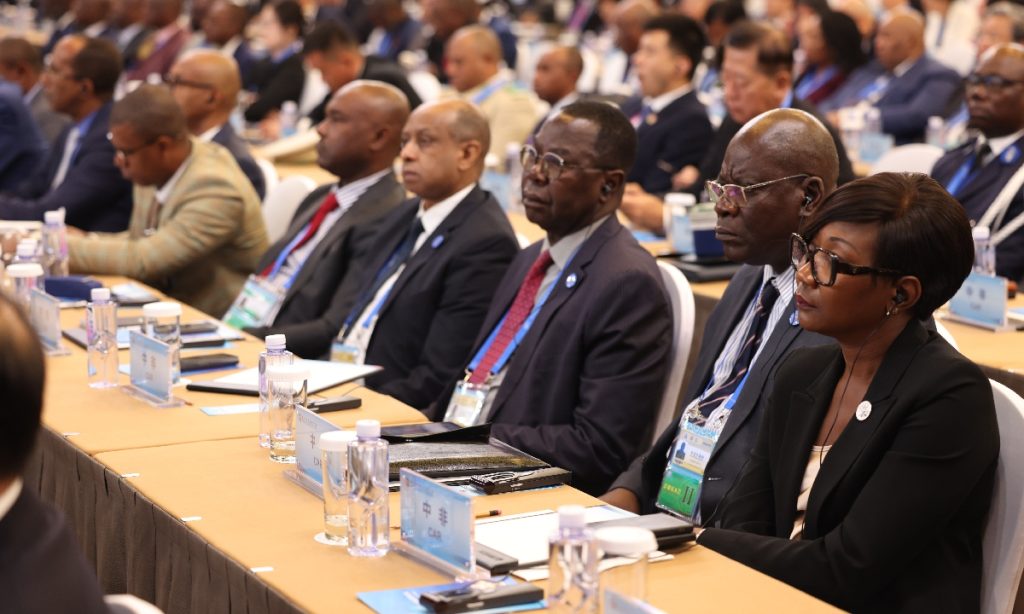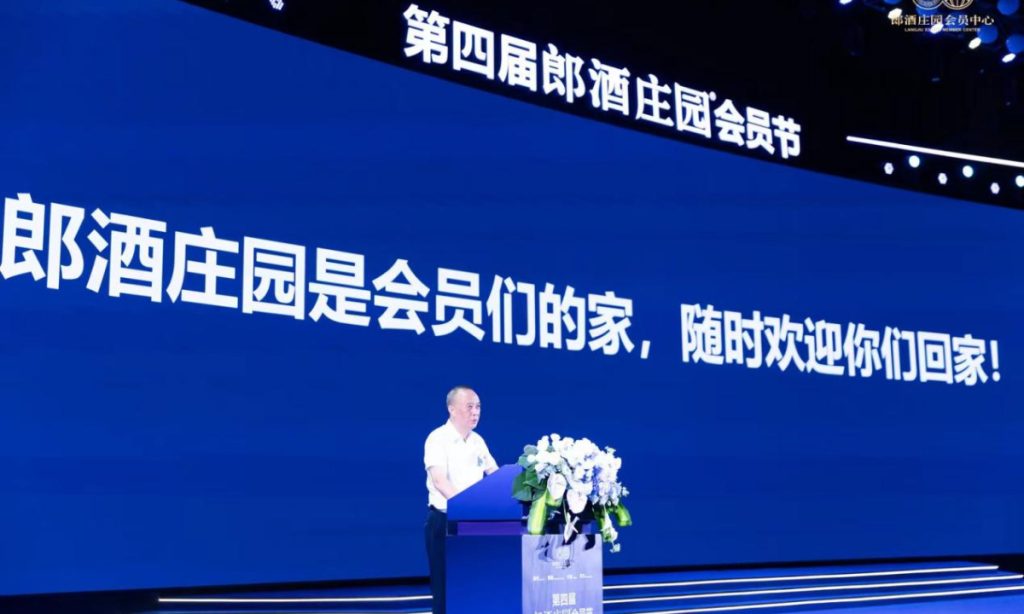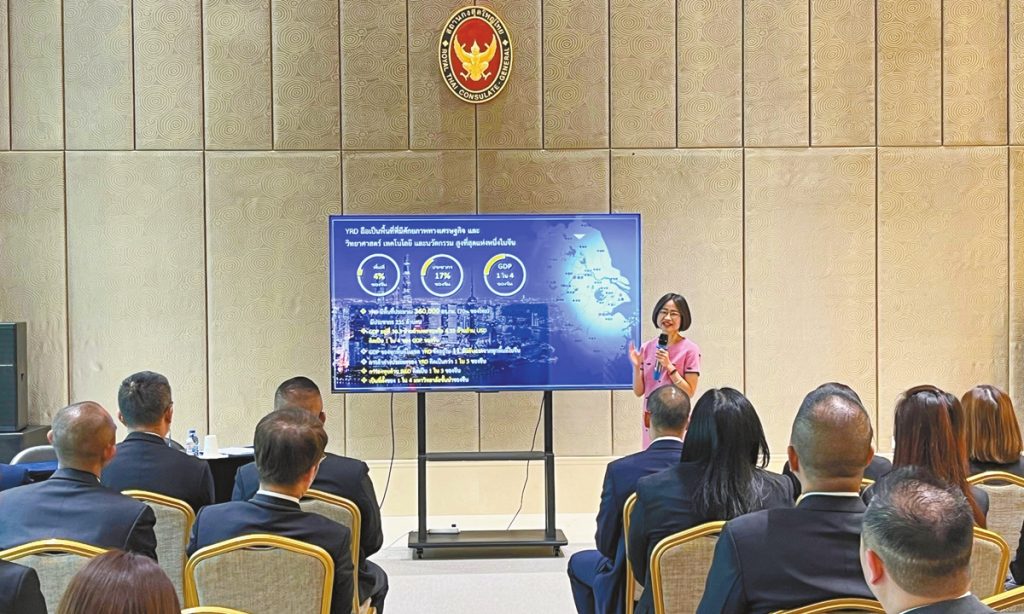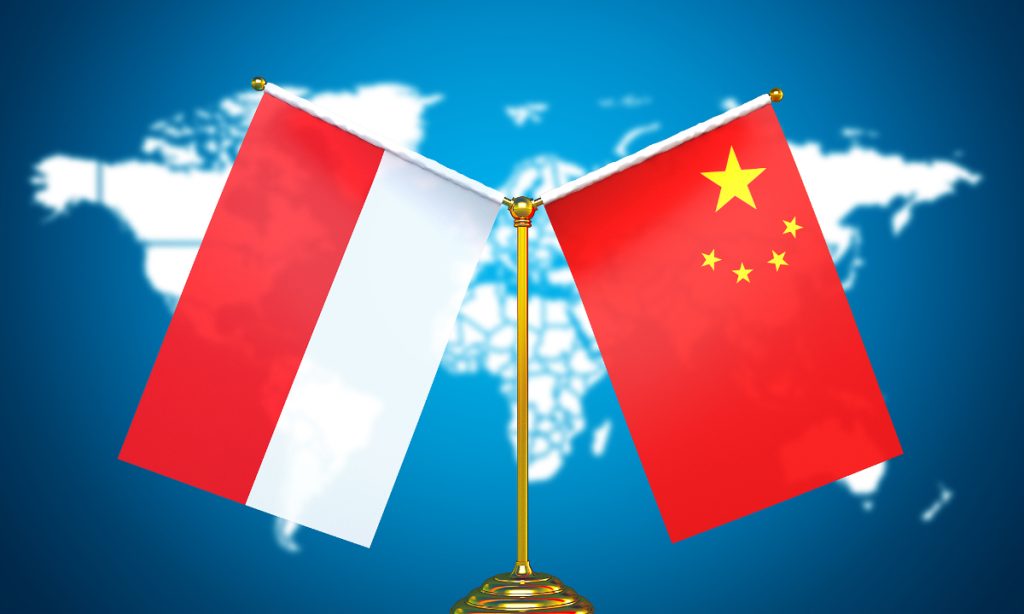China-Africa entrepreneurs conference held in Beijing

The eighth Conference of Chinese and African Entrepreneurs was held on Friday as part of the 2024 Summit of the Forum on China-Africa Cooperation (FOCAC). Delegates told the Global Times that the forum presents new opportunities for China-Africa industrial chains to further integrate, with significant potential to be unlocked in areas such as digital infrastructure, data centers, and smart cities.
A diverse range of companies participated, representing both traditional industries such as energy, mining, infrastructure, and financial trade, as well as emerging sectors like electronics, technology, communication satellites, and biomedicine. This conference has received significant attention from African countries, with around 1,000 participants, official data showed.
Phuti Jackson Mampa, chief executive officer of a South Africa-based security company who traveled to Beijing for the first time, told the Global Times he was excited about the increase in Chinese investment in Africa, particularly in key areas such as infrastructure, information technology, communications, and agriculture, as it is extremely important for a continent that needs long-term, sustainable development.
Mampa said that Africa is rich in resources with abundant arable land, and a growing population, as well as mineral resources, but many are unemployed and living in poverty. The collaboration between China and Africa will bring even greater benefits to Africa.
"[There is] great collaboration potential between China and African countries in digital technology waiting to be unlocked," Didier Nkurikiyimfura, chief strategy and growth officer from Rwanda-based Smart Africa Alliance, told the Global Times.
The use of technology is essential to accelerate the stalled transformation and the internal modernization of Africa, which is an area where China has a competitive advantages, Nkurikiyimfura said.
Many African countries are seeking digital solutions such as digital infrastructure, data centers, smart city solutions, e-agriculture and financial payment solutions - more specific collaborations with China can be discussed based on the needs of each African country, Nkurikiyimfura said.
Echoing Nkurikiyimfura, a spokesperson from China-based AI company 4Paradigm, a firm which assisted in building a smart hydropower system for the Grand Ethiopian Renaissance Dam, told the Global Times that his company eyes to empower more industries in Africa with AI technology thus contributing to the upgrade of infrastructure and the modernization of industries.
Another delegate from Tanzania, Joseph Kahama, secretary general of Tanzania-China Friendship Promotion Association, told the Global Times that infrastructure is an area where the two sides can further integrate.
China has been great in terms of financing, funding, infrastructure, while Africa has an infrastructure gap. With the building of ports, roads, modern railways, movement of products would be easier, faster and cheaper for Africans, he said.
The business community has always been an important link in the friendly cooperation between China and Africa. China has remained Africa's largest trading partner for 15 consecutive years, with trade volume between the two steadily increasing.







